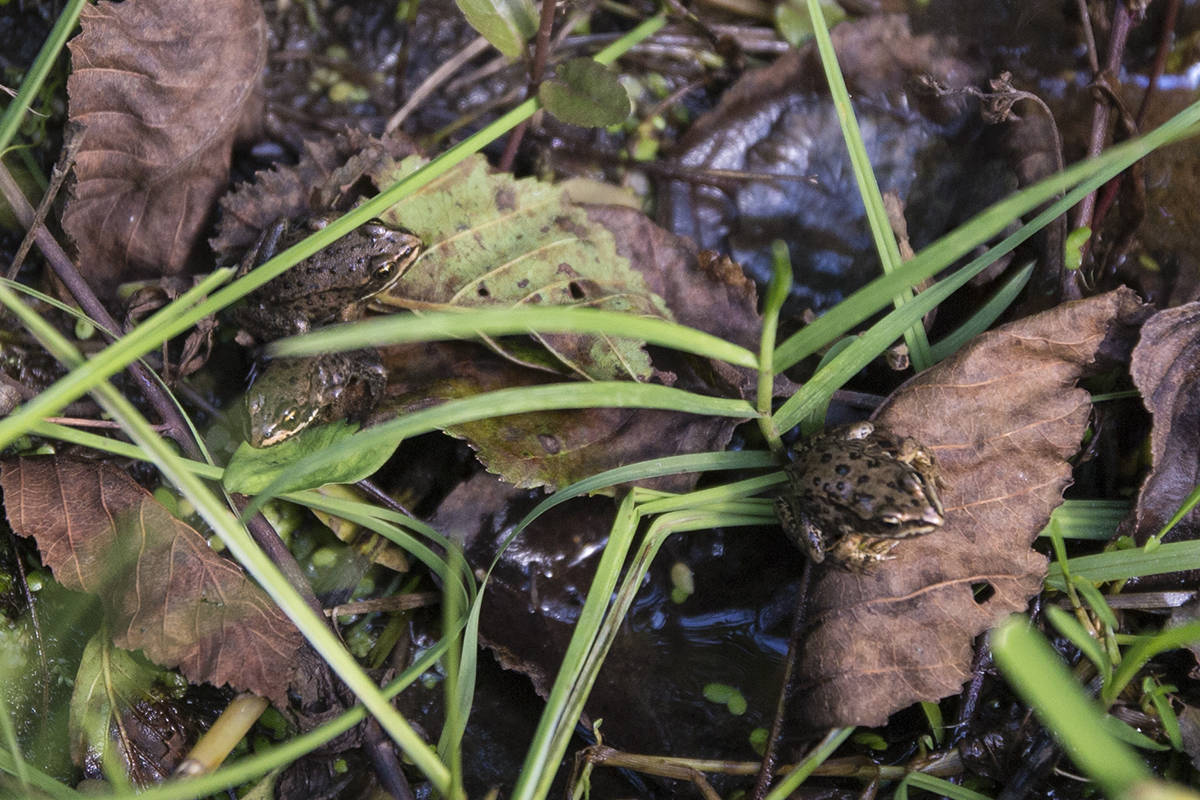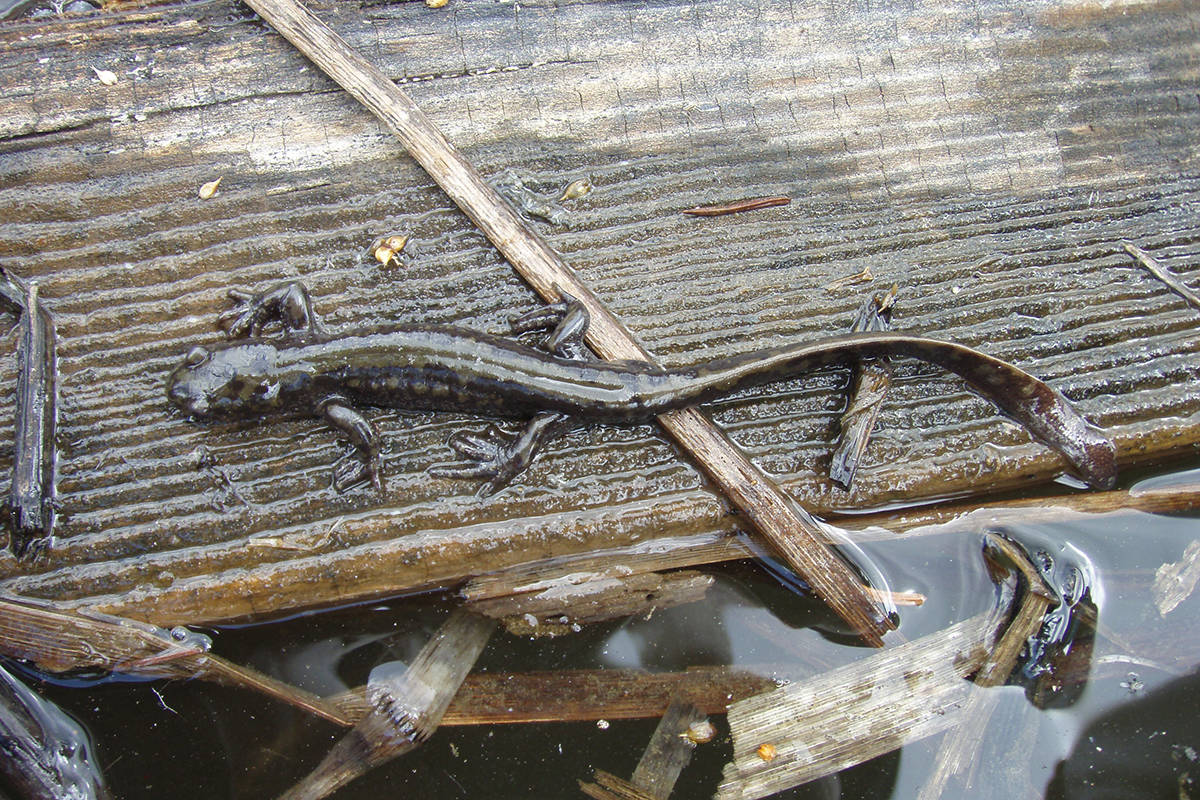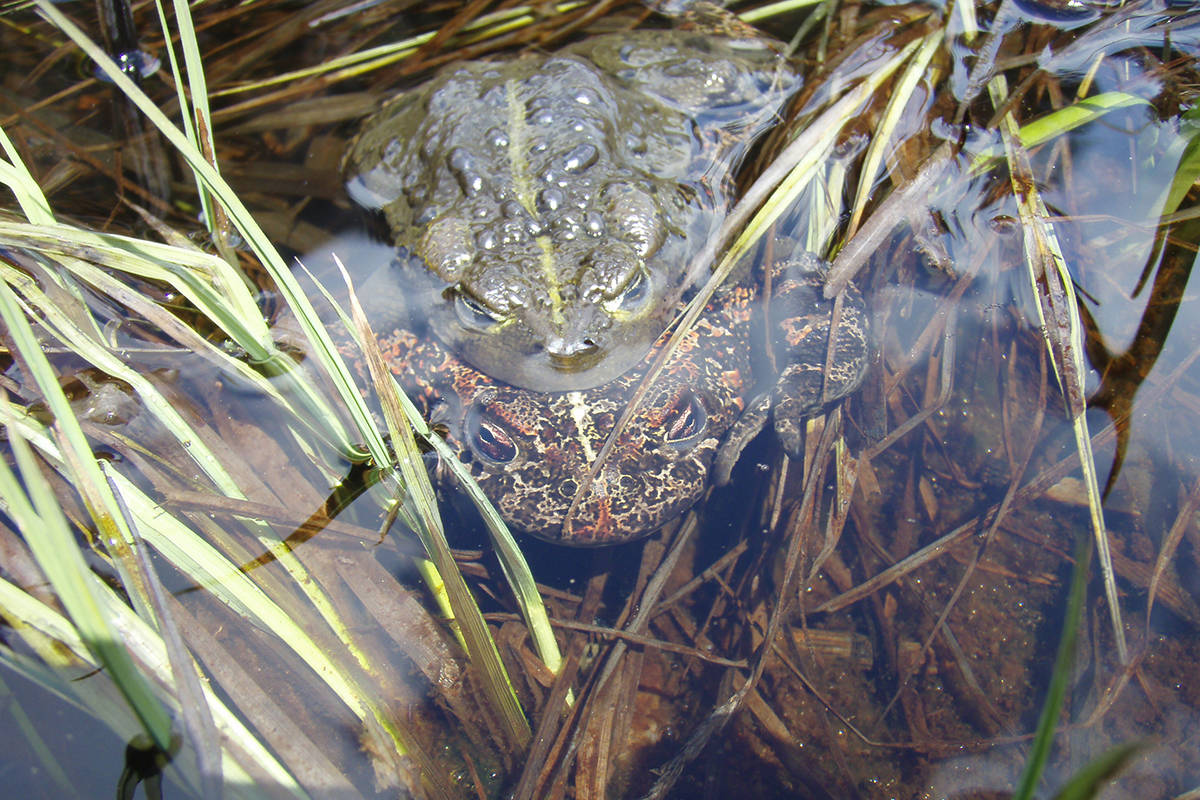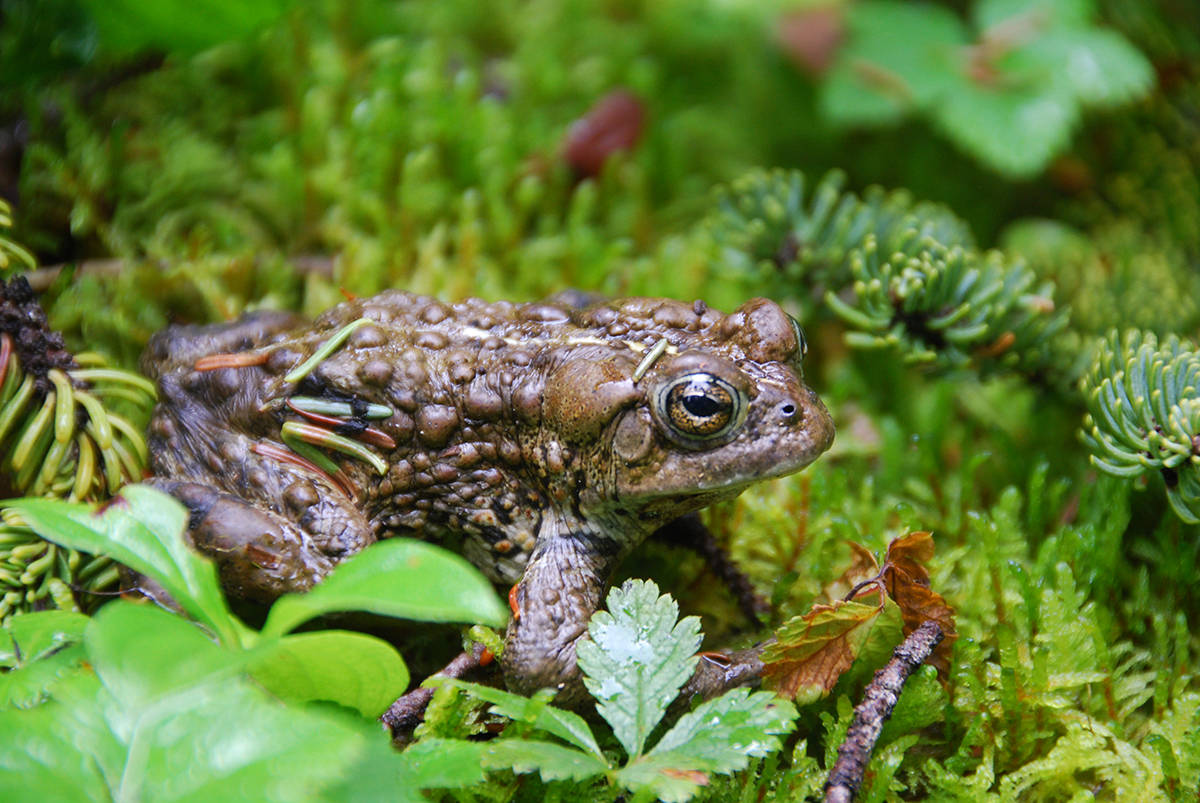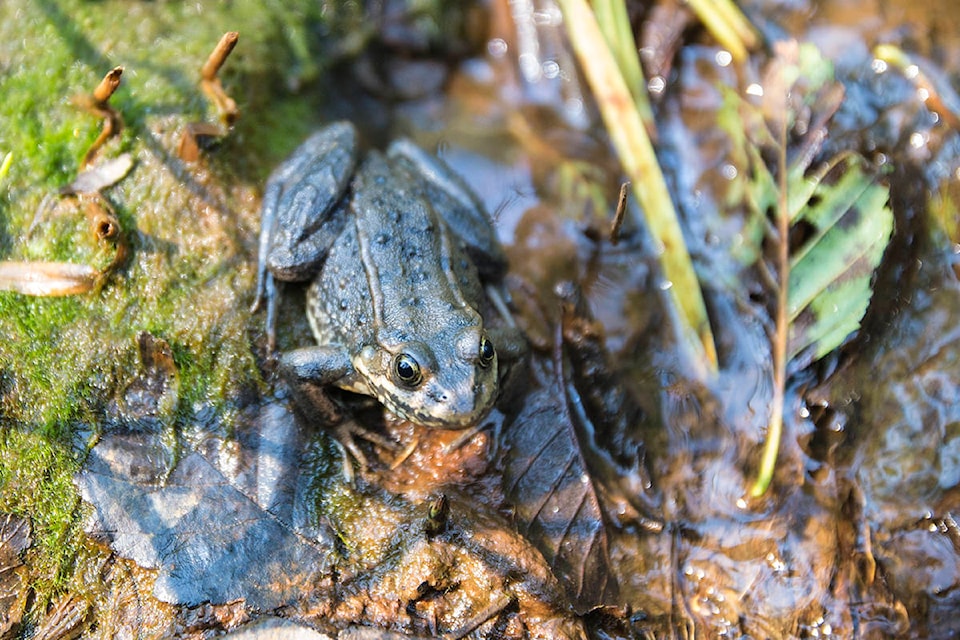Have you seen the amphibian crossing warning signs along the Meadows in the Sky Parkway in Mt. Revelstoke National Park?
Lisa Larson, a biologist for Parks Canada, is part of the team who monitors the amphibians in Glacier and Mt. Revelstoke National Park.
And, during the toad migration season, Parks Canada does shut down roads to protect the little creatures.
Larson monitors four different amphibians, the long toed salamander, the Coeur d’Alene salamander, the Columbia spotted frog and the western toad.
“What we have chosen to do, and it is a useful thing for other wildlife as well, is monitor their occupancy,” Larson said.
Larson and her team visit locations where they know the amphibians should live and see if they are still there.
Larson said they put on their hip waders and rubber boots and run skim nets just above the bottom of the ponds, looking for tadpoles.
Though they do count what they see, the question they are answering is “did I see that species on that site this year?”.
In some places biologists are able to go out in the spring and look at egg masses. However, due to the extended winter conditions in the area and difficulty of access, Larson does the bulk of her monitoring work in the early summer because consistency is key.
“I go to every pond I can find and half of them are by helicopter just to be able to describe how amphibians are doing in our park. We have some challenges here with human access,” Larson said.
The amphibians are sensitive to changes in the environment and a good indicator of overall environment health.
“If they require water, this fresh water for one of their life stages, which is when they lay eggs and the eggs are going to be in that water for six weeks on average, if any pollution gets into that water, if that water body dries up when it didn’t used to, anything like that would disturb their whole life cycle, so they are pretty sensitive,” Larson said.
On the other hand the Coeur d’Alene salamanders breath through their skin and can indicate if there are environmental concerns on land.
Larson completed her masters degrees studying Coeur d’Alene salamanders in the area, and the work she did accounts for much of what Parks Canada knows about the species today.
She spent many rainy nights walking beside creeks in the parks looking for the little amphibians with the yellow stripe down their back.
They would run away from my headlamp and hide, Larson remembers fondly, but she could still see their tails poking out.
“It’s like, ‘I can still see you!’,” she said with a laugh.
Larson’s found so many of the salamanders that their wildlife risk status was downgraded to a species of special concern, she said.
Interested in seeing the frogs? Mt. Revelstoke National Park’s Skunk Cabbage board walk is a good place to spot the Columbia spotted frog!
@JDoll_Revy
jocelyn.doll@revelstokereview.com
Like us on Facebook and follow us on Twitter.
